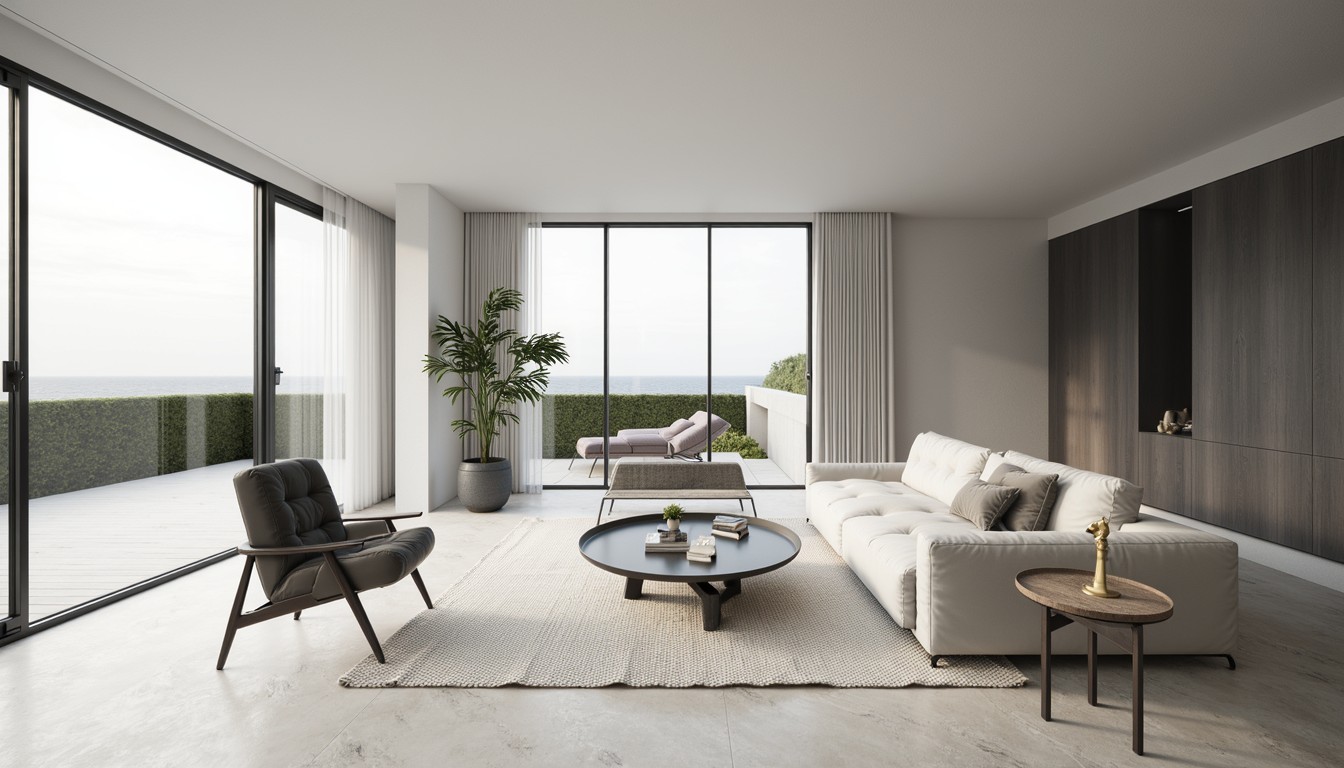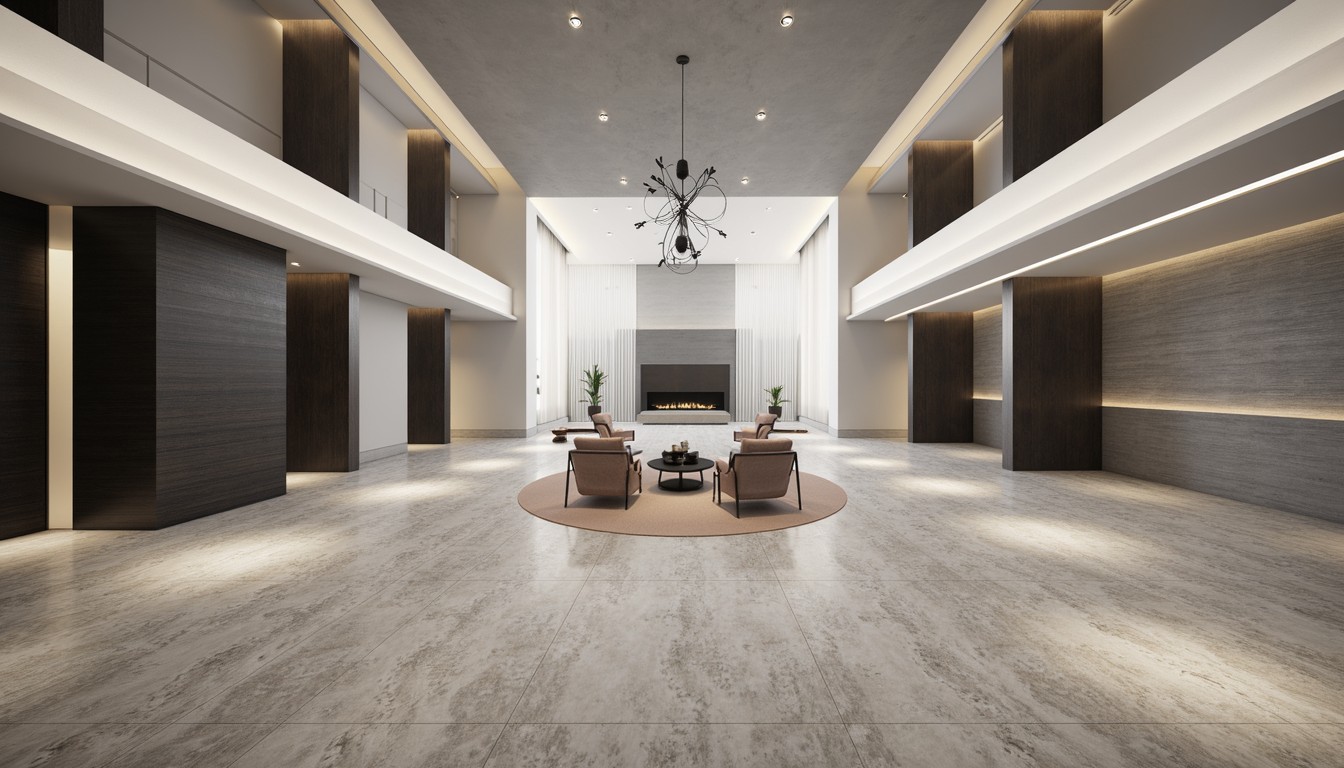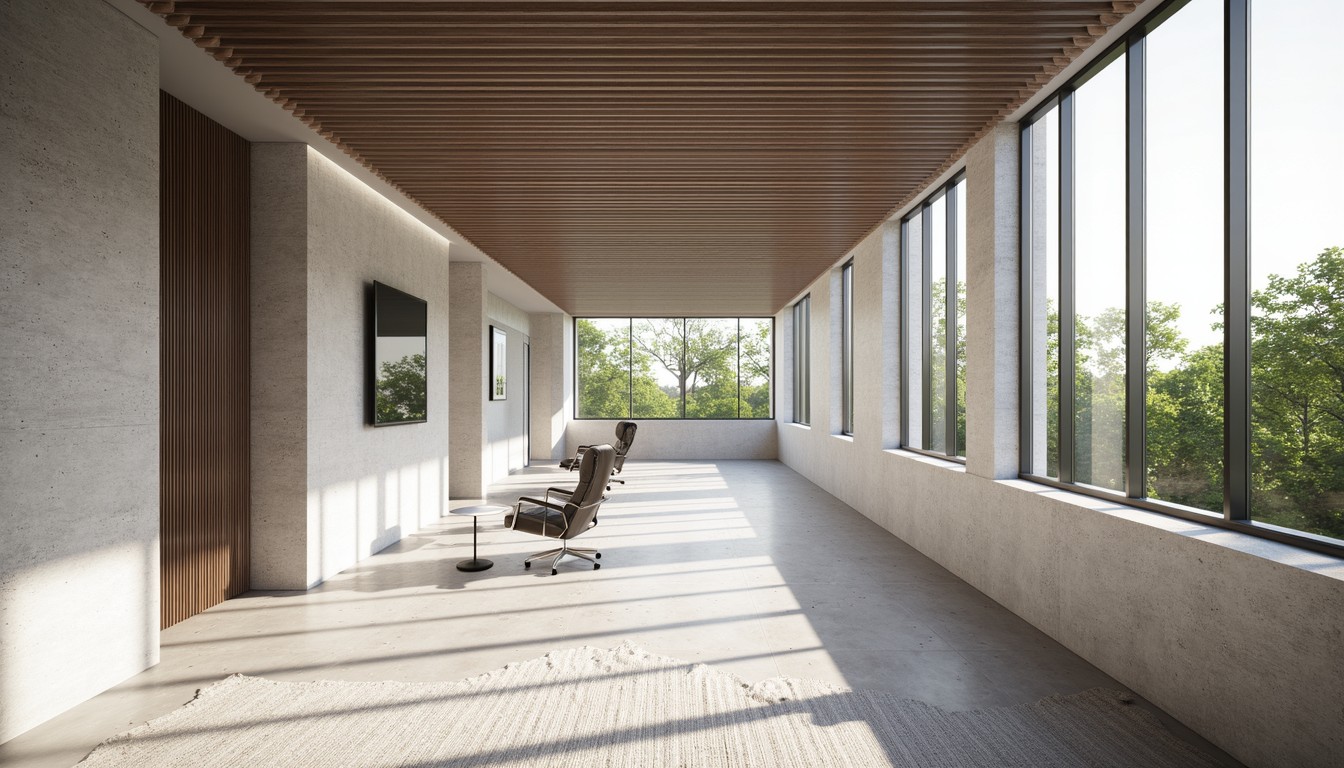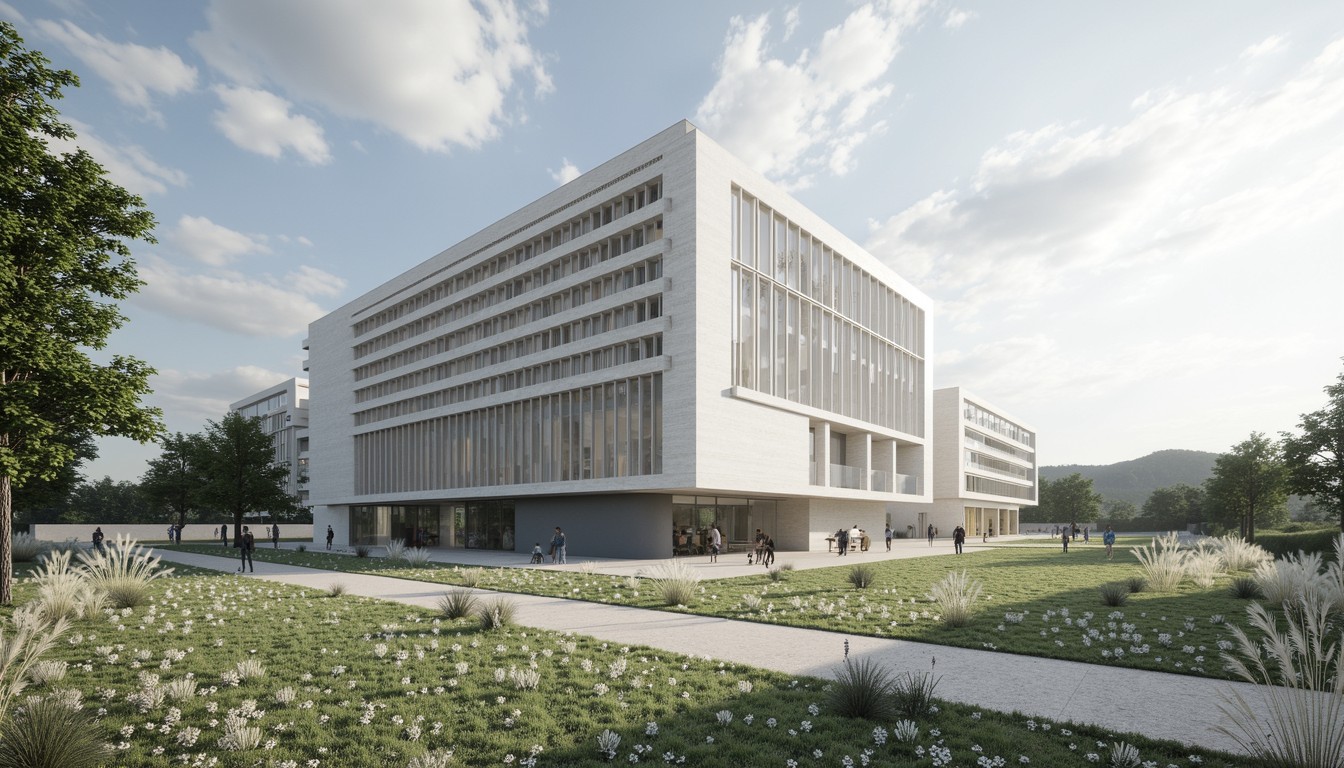VR in Architecture: Designing Tomorrow's Spaces
The architectural landscape is undergoing a dramatic transformation, driven by technological advancements that are reshaping how we design, visualize, and experience built environments. At the forefront of this revolution is Virtual Reality (VR), offering architects and designers unprecedented opportunities to create and interact with their designs in entirely new ways. ArchNav, a leader in architectural visualization, is harnessing the power of VR to deliver unparalleled experiences and elevate the design process to new heights.
Immersive Walkthroughs: Experiencing the Design Before It's Built

One of the most impactful applications of VR in architecture is the creation of immersive walkthroughs. Imagine stepping into a fully realized virtual model of a building, exploring its spaces, and experiencing the scale, light, and materials firsthand. This level of immersion allows architects to identify potential design flaws early in the process, improving the overall quality and functionality of the final product. Clients, too, benefit immensely. Instead of relying on static renderings or 2D plans, they can experience the design as if it were already built, leading to better informed decisions and increased client satisfaction. This significantly reduces the risk of costly revisions later in the construction phase.
Enhanced Client Collaboration and Communication
Effective communication is crucial in architecture. VR facilitates seamless collaboration between architects, clients, and other stakeholders. Through shared VR experiences, everyone can participate in the design process actively, providing immediate feedback and contributing to a more collaborative and efficient workflow. This shared visual understanding minimizes misunderstandings and ensures that the final design accurately reflects the client's vision. Imagine presenting a design to a client who can literally walk through the virtual space, point out potential issues, and suggest improvements in real-time – a far cry from traditional methods.
Design Optimization and Problem Solving

VR empowers architects to experiment with design options and identify potential problems before construction begins. By manipulating virtual elements in real-time, architects can test different layouts, material choices, and lighting schemes, optimizing the design for functionality, aesthetics, and sustainability. This iterative design process allows for more informed decisions, leading to more efficient and cost-effective designs. For example, identifying spatial issues or awkward sightlines early on can save significant time and resources during the construction phase.
Real-World Applications: Case Studies
The applications of VR in architecture are diverse and constantly expanding. Consider these real-world examples:
- Residential Design: VR allows clients to experience the flow and ambiance of their future homes, making informed decisions about layout, finishes, and furniture placement.
- Commercial Spaces: Architects can use VR to showcase the functionality and aesthetics of office buildings, retail spaces, or restaurants to potential investors or tenants.
- Urban Planning: VR can be used to visualize and simulate urban development projects, allowing stakeholders to assess the impact of new buildings on the surrounding environment and community.
- Historical Preservation: VR can recreate historical buildings or sites, enabling researchers and the public to experience these spaces in a new and engaging way.
The Future of VR in Architecture

As VR technology continues to evolve, its applications in architecture will become even more sophisticated. We can anticipate more realistic and immersive experiences, improved collaboration tools, and integration with other technologies such as Building Information Modeling (BIM). The future of architectural design is inextricably linked with VR, promising a more efficient, collaborative, and creative process.
ArchNav: Your Partner in VR Architectural Visualization
ArchNav is at the forefront of this exciting technological revolution. We leverage the latest VR technology to deliver cutting-edge architectural visualization services that help our clients design, visualize, and communicate their projects with unparalleled effectiveness. Our team of experienced professionals combines artistic talent with technical expertise to create immersive VR experiences that transform the way architects and clients interact with their designs. Contact us today to learn how ArchNav can help you design tomorrow's spaces.
